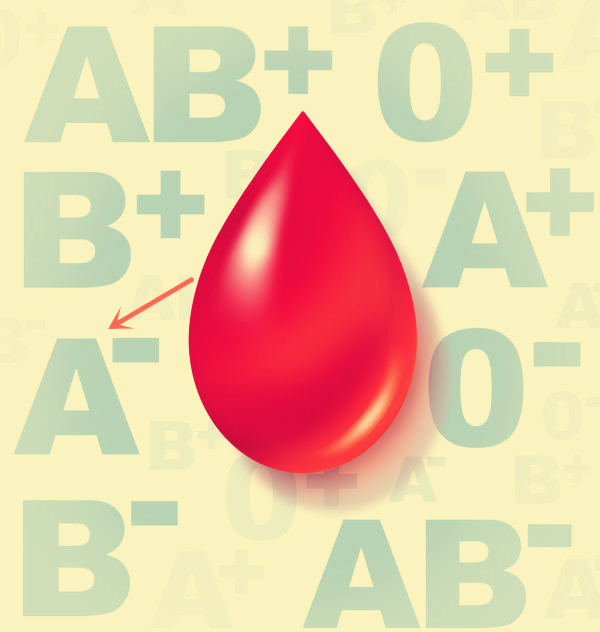

Your blood group is identified by antibodies and antigens in the blood.Īntibodies are proteins found in plasma.

Antibodies and antigensīlood is made up of red blood cells, white blood cells and platelets in a liquid called plasma. Your blood group is determined by the genes you inherit from your parents.Įach group can be either RhD positive or RhD negative, which means in total there are 8 blood groups. Despite this never being proven correct, South Korean and Japanese cultures still believe in these myths.There are 4 main blood groups (types of blood) – A, B, AB and O. Some people believe that a person's blood type can predict a great deal about them, including their character, personality, and even how well they get along with others. In an emergency when a blood transfusion is required, the use of O negative is the safe choice, especially when there is no time to test the patient for blood type.Īn individual with O negative blood is considered to be a universal donor if they donate blood. People with O negative blood following the Eat Right for Your Blood Type Diet are believed to be healthiest on a diet of lean protein, and only limited wheat and grains, which will cause them to gain weight. People with type O blood tend to have higher levels of stomach acid and therefore experience more ulcers. While a person with O negative blood has no A or B antigen in their red blood cells, the plasma still contains A and B antibodies. If they are given any other type will cause an immune response in the body. If a person with O negative blood can only receive O negative blood. Medical intervention is required to help avoid complications that can become fatal for the baby if left untreated with antibodies. This is not a problem unless the O negative mother is Rh- and the baby is Rh+. Most babies do not have the same type of blood as their mother. If both parents are B the child will be either O or B. A child born to both parents with A will be either O or A. A child born to one parent with O and the other B will be either O or B at birth. A child born to parents who are both O will also be O.Ī child born to one parent with O and the other with A will be either O or A at birth. The blood type of a person is determined by chromosome 9. There are several blood types including A+, A-, B+, B-, AB+, AB-, O+, and O.

Higher rates of O negative blood type are found in people from Spain, Iceland, New Zealand, and Australia. Only 4% of Africans and Hispanics have O negative blood type and only 1% of Asians have O negative. O negative blood is more common in Caucasians, at 8% of the population. It is estimated that only 6.6% of people have O negative blood type. O negative blood is also considered to be the safest blood for use in transfusions of newborn babies because they have undeveloped immune systems. This makes it possible for donated O negative blood to be used for transfusion for other blood types, but an individual who has O negative blood can only receive blood from other O negative donors. Antigens include protein, carbohydrates, glycoproteins and glycolipids. O negative is the rarest of all types and this blood type has no antigens.

O negative blood is a blood group classification.


 0 kommentar(er)
0 kommentar(er)
